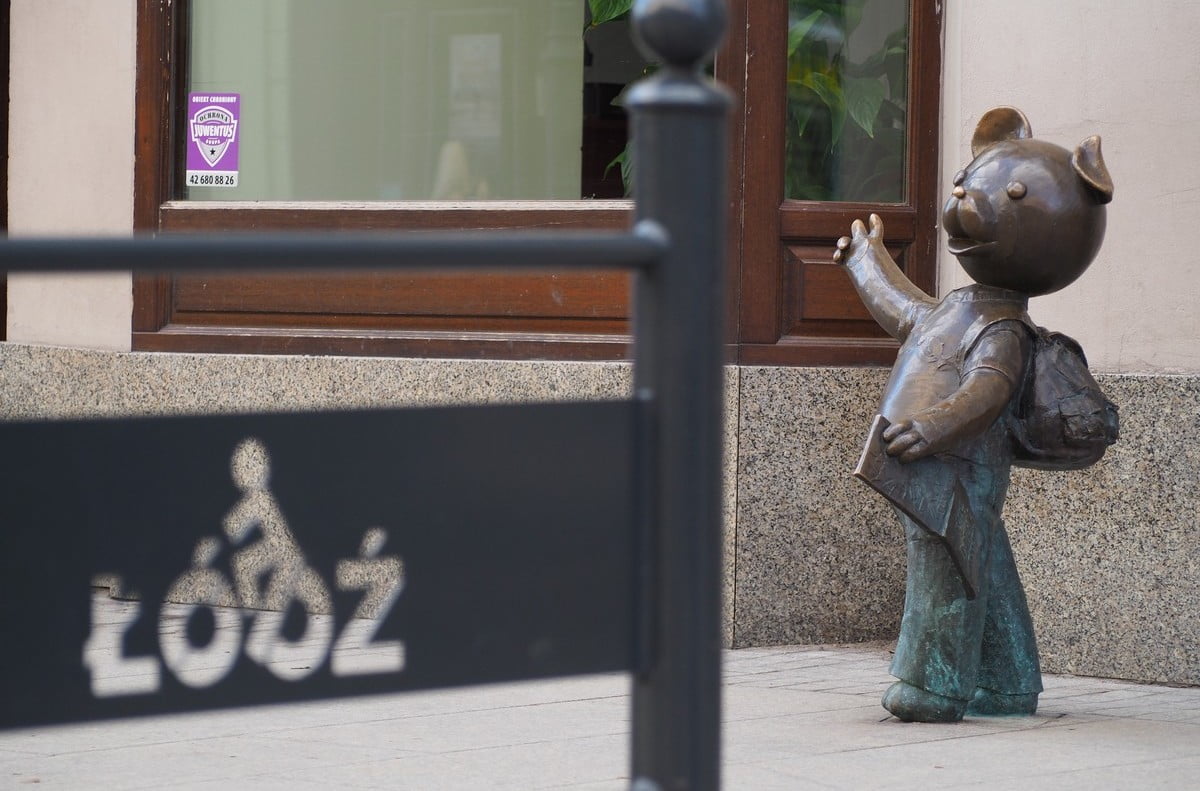Share This Article
Exploring the Tokaj Wine Region, we were looking for interesting places worth visiting. One of the recommendations we received was to visit the Jewish cemetery in Bodrogkeresztúr, where the grave of Rabbi Shayeleh Kerestirer is located. We decided to follow the advice and visit this site!
Location and Directions
Once you arrive at the cemetery, you will easily find the grave of Rabbi Shayeleh Kerestirer. It is located in a small building right next to the entrance of the cemetery grounds. The cemetery’s address is: Bodrogkeresztúr, Kossuth u. 67, 3916. The easiest way to get there is from the town of Bodrogkeresztúr itself, which is located about 8 kilometers from the town of Tokaj. A paved road leads directly to the cemetery, where there is a parking area available.
Our GPS slightly misled us-literally taking us off the beaten path-guiding us up the hill where the cemetery is located. In the end, I decided to walk the last few hundred meters, which turned out to be a pleasant stroll with beautiful views of the vineyards along the way.
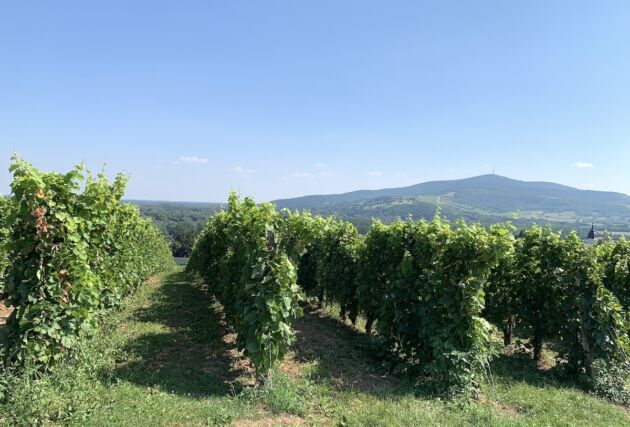
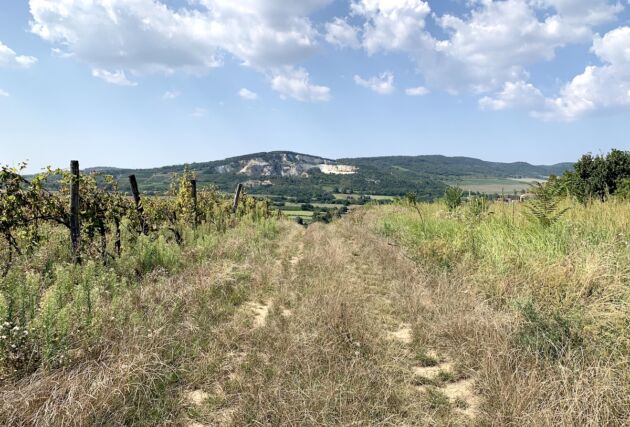
History of the Cemetery and the Jewish Community
Bodrogkeresztúr is a small town located in the Tokaj wine region. A Jewish community had been living there for many years. Census records from the 1720s already mention Jewish families who had arrived from Poland. Just before World War II, the town was home to 455 Jews, which made up about 20 percent of the total population. The Jews of Bodrogkeresztúr were involved in trade, transportation of goods, as well as running taverns and winemaking.
The Jewish congregation was established in the 17th century, and the Jewish cemetery was also organized at that time. The first synagogue in the town was built in 1767, but it burned down at the turn of the 19th and 20th centuries. The last secular leader of the community was merchant József Seidenfeld. In April 1944, the Jews of the town were forced into a ghetto that encompassed the area around the synagogue. On May 25, they were deported to the Auschwitz extermination camp. Only 37 people from the community survived the Holocaust, but most of them emigrated in the following years.
The cemetery holds many graves, including the most significant one for many pilgrims-the grave of Rabbi Shayeleh Kerestirer. The name of the prominent Jewish dynasty originates from the old name of the town, which was formerly known as Kerestir.
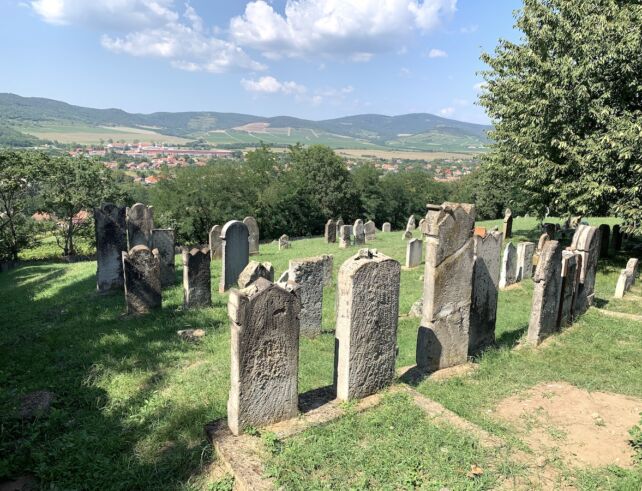
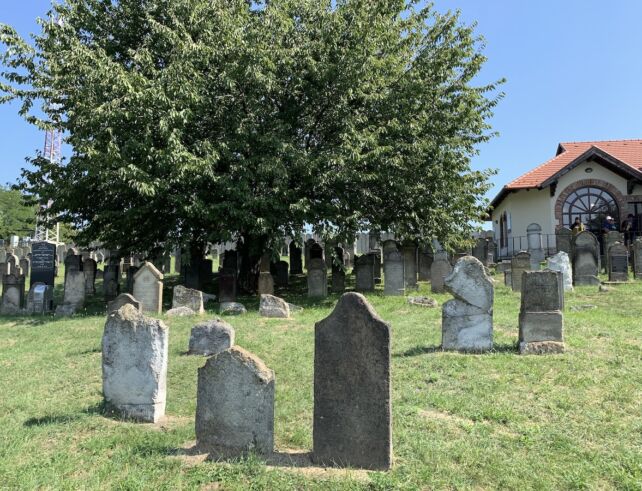
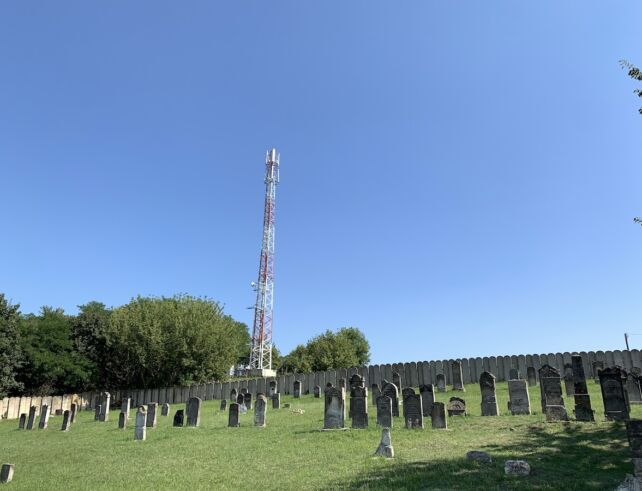
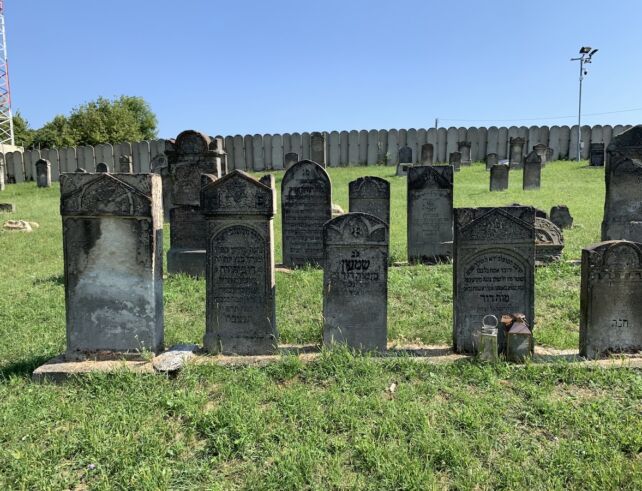
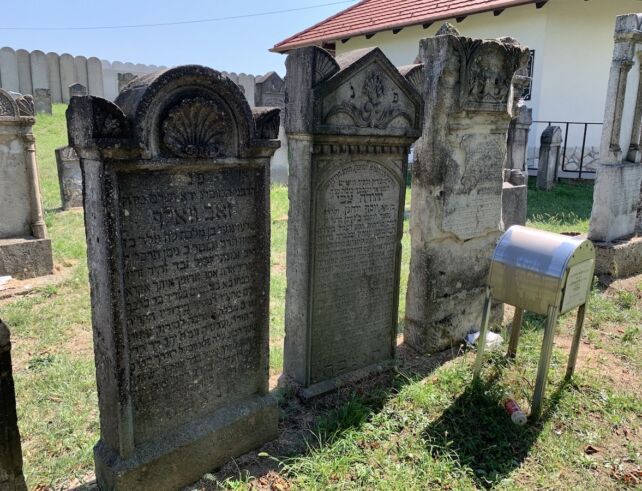
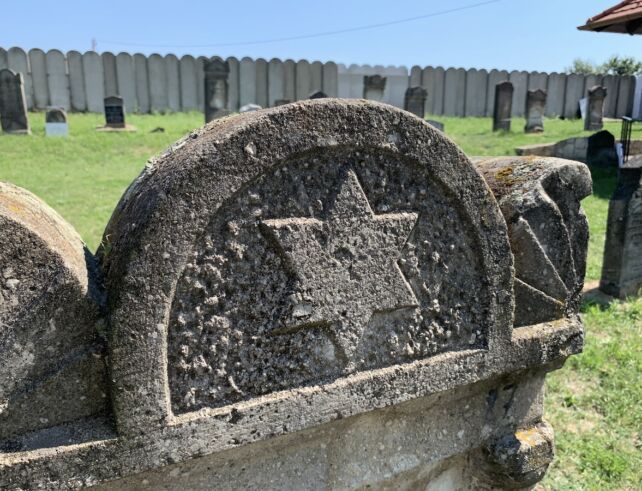

Grave of Rabbi Shayeleh Kerestirer
The grave of Rabbi Shayeleh Kerestirer, also known as Rebbe Yeshaya Steiner, is a place of great religious and cultural significance, attracting pilgrims from around the world. Rebbe Yeshaya Steiner was a Hasidic tzaddik and the founder of the Kerestir dynasty in the small town of Kerestir, now known as Bodrogkeresztúr. His life, marked by humility and deep faith, has served as an inspiration to many believers. His charitable acts and miraculous stories have endured over time, becoming legends that still live on in the memory of the Jewish community.
Rabbi Shayele lived at the turn of the 19th and 20th centuries. His faith and devotion to helping those in need earned him the reputation of a holy man. Stories of his miracles and interventions—both spiritual and practical—continue to draw those seeking spiritual support and blessings.
Rabbi Shayeleh’s grave has become a sanctuary where people from all over the world come to pray and ask for his intercession. On his yahrzeit (anniversary of his death), crowds of pilgrims fill the small town to pay their respects and take part in ceremonies commemorating his life and teachings. Many believe that prayers at his gravesite hold special power, and that Rebbe Shayele continues to care for and bring relief to those who seek his help.
The structure of the grave itself is an expression of the respect and reverence shown by the Jewish community to this great tzaddik. The gravesite is well-kept and peaceful, radiating the atmosphere of prayer and spiritual reflection associated with the memory of Rabbi Shayele. Candles, prayer books, and numerous plaques with written requests bear witness to the deep faith and hope that people place in his intercession.
A visit to the grave of Rabbi Shayeleh Kerestirer is, for many Jews, not only a religious act but also a deeply personal spiritual journey. For many, this is a place where heaven meets earth, and prayers seem to gain extraordinary strength. Here, in the shadow of the Hasidic master, people rediscover the essence of spiritual life and the power of prayerful community.
The ohel (tomb structure) is a stone building with steel elements. It houses three graves: that of Rabbi Shayele Steiner, his wife, and an unknown rabbi.
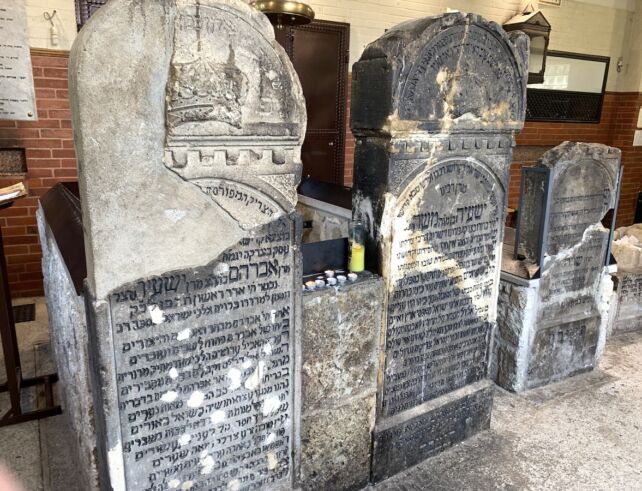
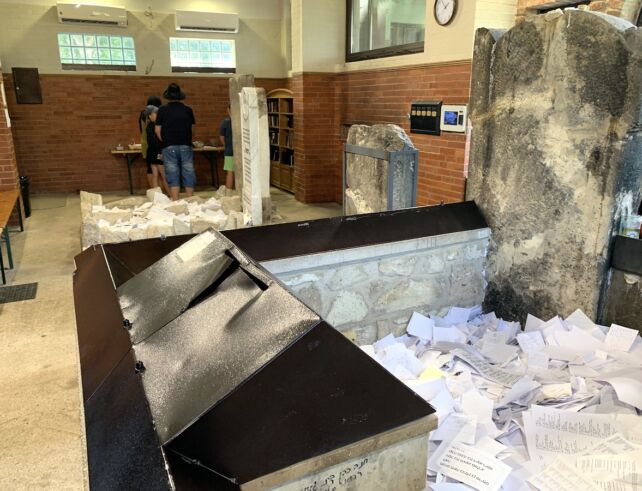
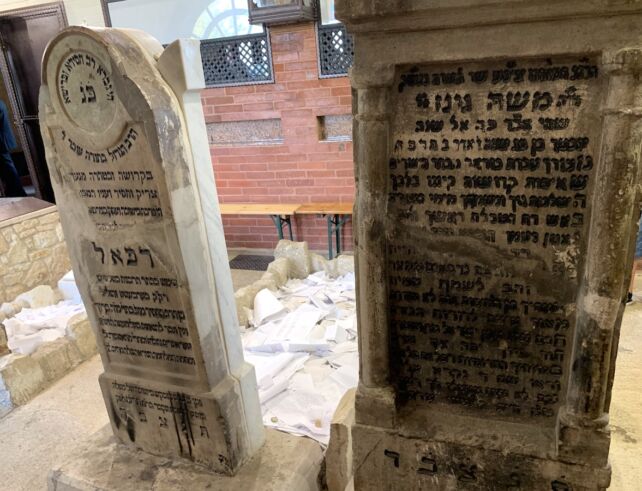
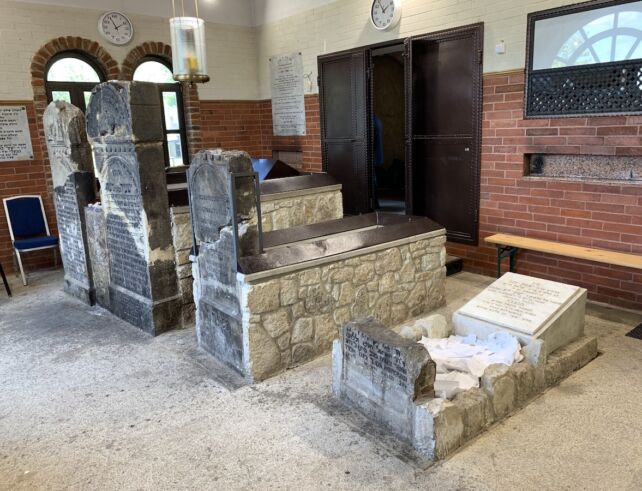
What Else Is Worth Seeing Nearby?
The Tokaj region preserves many traces of the Jewish communities that once lived in the area. The Jewish cemetery in Bodrogkeresztúr and the grave of Rabbi Shayeleh Kerestirer are just one example—but, according to Jews we met in various places, it is one of the most frequently visited.
In many towns throughout the region, you can find old Jewish cemeteries and former synagogues. We passed several of them on our way, for example in the towns of Tokaj and Tarcal. However, the most beautiful one—considered among the most stunning in all of Hungary—is the synagogue in Mád.
This extraordinary building is modest from the outside, but its interior leaves a lasting impression. It’s not large, but the richly decorated interior is truly striking. Next to the synagogue is the former Rabbi’s House, which now hosts an exhibition dedicated to the Jewish heritage of the region.

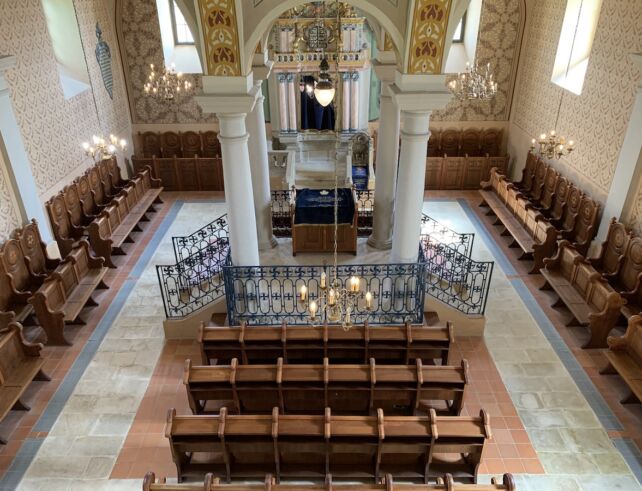
Is It Worth Visiting the Cemetery and the Grave of Rabbi Shayeleh Kerestirer?
The Jewish cemetery in Bodrogkeresztúr and the grave of Rabbi Shayeleh Kerestirer are beautifully situated among scenic hills covered with vineyards. It is a place well worth visiting when you’re in the area, as it serves as a poignant reminder of the Jewish community that lived in this region for hundreds of years.





